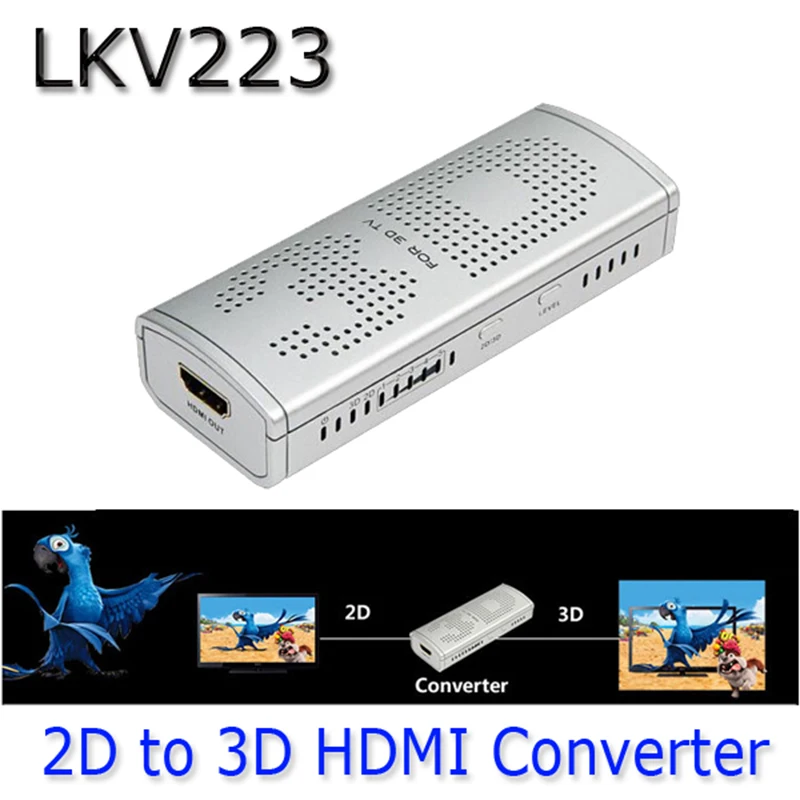
F/S 3D video Frame Sequentialį/S – Frame Sequential 3D Format, image frames are transmitted one after another, one frame for the left eye and one for the right, there is an alternation of frames advantage of the opportunity to create a full-resolution image. T/B – Top-and-Bottom 3D Format, 3D image is formed through vertical cursive but for one eye image is transferred to a decrease in half the vertical resolution, almost similar to S / S. For 3D video, 2 frames formed from different lines are formed and shown, LG TVs use this format.

Critics note that with this creation of a 3D image, the horizontal resolution is halved. One line of the image is formed for the left eye, the second for the right. S / S – Side-by-Side 3D Format, in this format, the 3D image is formed interlaced horizontally. Therefore, in what format will the initial 3D be, it will still be converted by the TV processor to the desired one, and the S / S, T / B, C / B, F / S formats indicate the formats that your TV can convert and show a 3D picture, the more formats the TV supports the less you need to think what kind of format the viewer should choose a 3D movie.Īnd the formats themselves indicate the following S/S 3D video- Side-by-Side

LG uses passive technology, the image for the left and right eyes is shown interlaced, a polarizing film is applied to the TV screen and through the glasses the viewer sees separate images for the left and right eyes. How TVs Show 3D Videoįor example, Samsung TV uses active technology for creating 3D, if briefly, 2 frames are shown alternately, one for the right eye, the second for the left, 3D glasses darken the glass one at a time, so the viewer sees a three-dimensional image. The TV converts the video being shown to the format that the TV supports. And the viewer doesn’t care what format the movie is recorded in. What these abbreviations mean, let’s say right away there isn’t much difference for the user, there is a 3D film that should be displayed on the TV screen so that the viewer can watch a three-dimensional film.

/cdn.vox-cdn.com/assets/802004/Marvel_Digital_3D_Converter.png)
In the technical characteristics of TVs, namely in the description of the 3D formats supported by the TV, for example, support for 3D formats such as S / S, T / B, C / B, F / S is indicated.


 0 kommentar(er)
0 kommentar(er)
